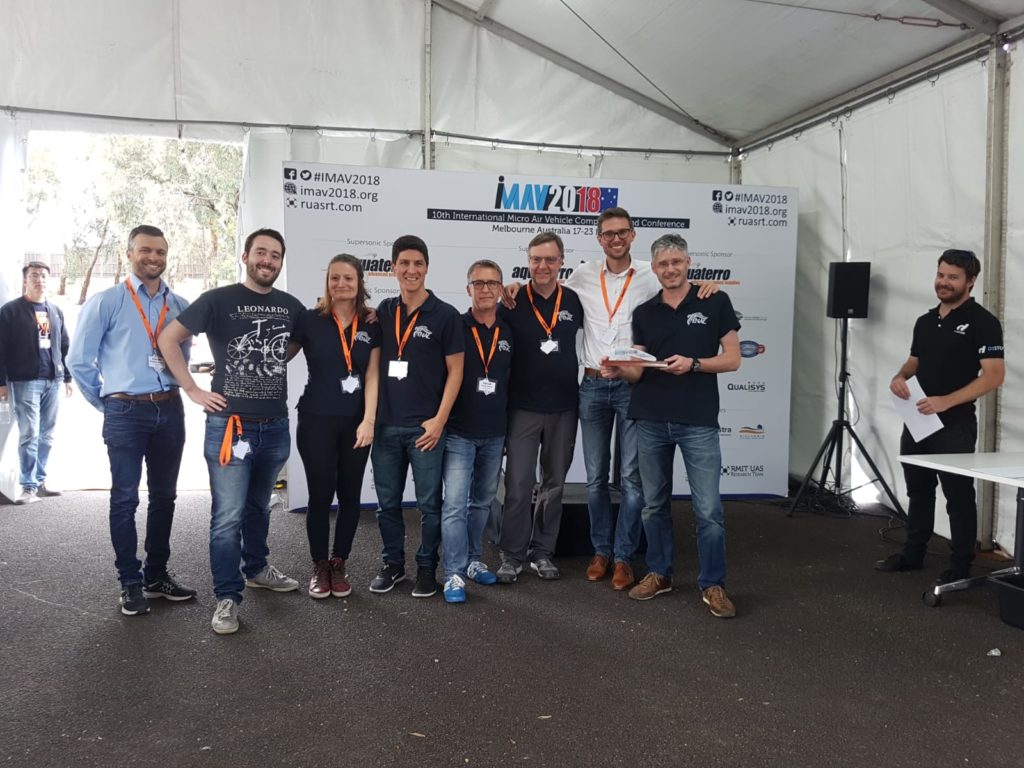Developing an autonomous sense and avoid package for small drones
Given the number of drones forecasted to take to the skies in the coming years, a key priority was to ensure they stay clear of other airspace users, people and property on the ground. A solution is needed that allows drones to detect and avoid other obstacles autonomously, and it would be beneficial if this solution is also suitable for large groups of small drones.
To address this challenge, the PercEvite project focused on the development of a sensor, communication, and processing suite for small drones. The main requirement was that the chosen solution could detect and avoid ground-based obstacles and flying air vehicles without necessitating human intervention.
The work centred around developing a low-cost, lightweight, energy-efficient sensor and processing package to maximise payload capacity. The package features a mixture of mature concepts like collaborative separation and less mature but high-potential technology like hear and avoid.
The work started with designing the hardware and software to support these functionalities before combining the technology into a single unit capable of operating on small drones. Activity then transitioned to live demonstrations using innovative concepts to test the different functionalities. For example, cameras were used to identify objects such as cars, people and obstacles, while embedded microphones were used to differentiate between objects in the airspace and identifying an aeroplane as opposed to a helicopter. The tests looked at different methods of communication ranging from software-defined radio to long term- evolution (LTE) 4G wireless broadband.
The aim was always to find low-cost, light weight solutions suitable for use by small drones.
The PercEvite partners developed two systems: one designed for extremely small drones weighing as little as 20 grams; and a more comprehensive solution weighing 200 grams suited to drones commonly used in commercial activities like inspection services, photography, surveillance and package delivery. Development work continues in 2020 as the research partners endeavour to produce integrated solutions for these applications.



